The world's first "semi -robot" died, and he tried to redefine human beings
Author:Medical community Time:2022.06.21

Cyberger, who has changed against the sky
Written article | Yan Xiaoliu
Source | "Medical Community" public account
After diagnosis, Peter Scott-Morgan, a British robot scientist, grew on the hot search.
In 2018 and 2019, he repeatedly undergone surgery and "mechanical transformation" on himself. After the operation, the "Mirror" and "Guardian" and other media called it the world's first "Cyborg". This title specifically refers to the use of machinery and medical methods and strengthening physical functions.
In early 2022, Peter's condition deteriorated. However, he told the media that he would try the brain -machine interface and other solutions in order to regain his expression ability.
On June 15 this year, Peter's life came to an end. At the age of 64.
"He is extremely proud of all those who support him, and the vision that can change people's views of disability." Peter's family wrote on Twitter.

Caption: Peter Scott-Morgan was taken in 2019. /Sugar Films
Goodbye, Peter 1.0
In 2017, Peter believed that he was urgently needed to complete three operations: gastric oral surgery, colonic oral surgery and bladder.
A catheter will insert into the stomach to transport nutrients. A catheter is connected to the bladder to discharge urine. There is also a catheter connected to the colon, responsible for handling excretion.
Peter calls it "triple oral surgery", aiming to allow physical intake enough nutrition, while reducing the need for nursing needs such as other people to go to the toilet.
This will be a key step for Peter to face illness and take care of life.
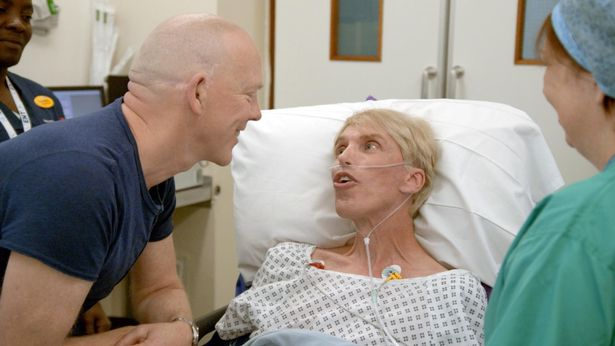
Caption: Peter Scott Morgan and his family were taken in 2019. /Sugar Films
This year, Peter was diagnosed with "muscle atrophy side cable sclerosis (ALS)", a rare and fatal motor neuron disease. Globally, ALS has entered a public vision because of the famous physicist Stephen Hawking.
"Frozen disease" is a description of ALS image. Due to neurons damage, patients will gradually lose their ability to move, control their limbs, and trunk, and then cannot speak, control the eyeball rotation, or even breathe and swallow.
At the beginning of the diagnosis, the doctor predicted that Peter had only half a year left.
He didn't want to be trapped in this body. He hopes to end as a human self through surgery, and then use mechanical assistance to "continue to live as a" robot "."
As a famous robot scientist, Peter has the confidence to achieve his goal.
After getting a bachelor's degree in computer science and a master's degree in artificial intelligence (AI), he obtained a PhD in robotics at the Empire Institute of Technology in London. This is the first degree awarded by the UK.
He has published 8 robotics -related books and conducted more than a thousand speeches worldwide. In the book "Robot Revolution", he proposed: "If you follow the" strengthening human "path, then humans and robots may follow the same evolutionary route ... In this way, human beings can use a more permanent mechanism one day , Replace too fragile flesh. "
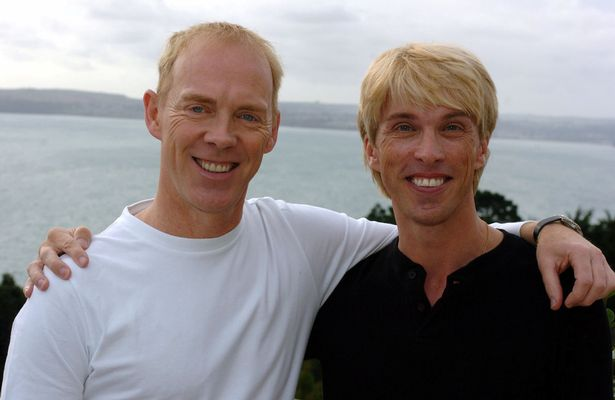
The picture was taken in 2005. /Swns.com
But Peter's surgical plan was rejected by several doctors.
Some anesthesia doctors said that few ALS patients had previously undergone surgical anesthesia records. Specifications may affect the patient's breathing, and may not be able to leave the ventilator after surgery.
"No surgeon will deliberately destroy completely healthy organs." Surgical Doctor Tracy Thomas, a coordinator of the surgeon and "Sports Neurology Network in Southwest England".
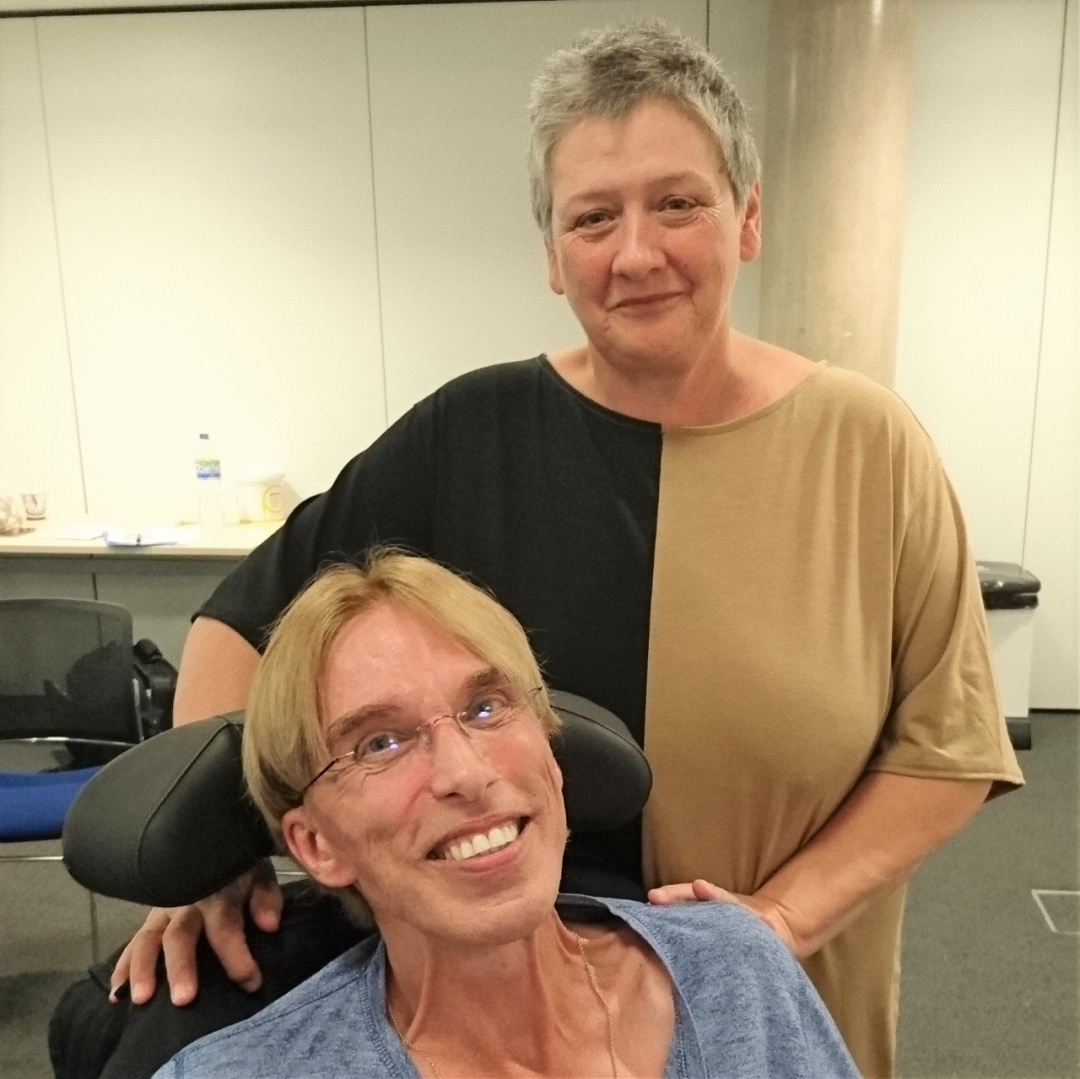
Caption: Peter and Tracy Thomas took a group photo in 2018. /Twitter
Peter's desire for life, and his enthusiasm and frankness, shaken doctors.
Try Tercy Thomas invited the anesthesiologist Maree Wright and others to meet with Peter to discuss the feasibility of surgery and anesthesia.
"There is only one Peter in the world. Frankly, we need to break the conventional people to help us reflect, why do medical treatment follow the old examples." Marry Leat said.
On July 10, 2018, a number of surgeons were on the same stage to complete the operation for Peter. Until the last moment, the hospital was still trying to convince Peter to give up.
The operation lasted 3 hours and 40 minutes. After surgery, Peter only lived in the ICU for 1 day and returned to the general ward. 15 days after the operation, he was discharged home.
This operation was written as a medical paper and published in the "Oxford Medical Case Report" magazine in 2019.
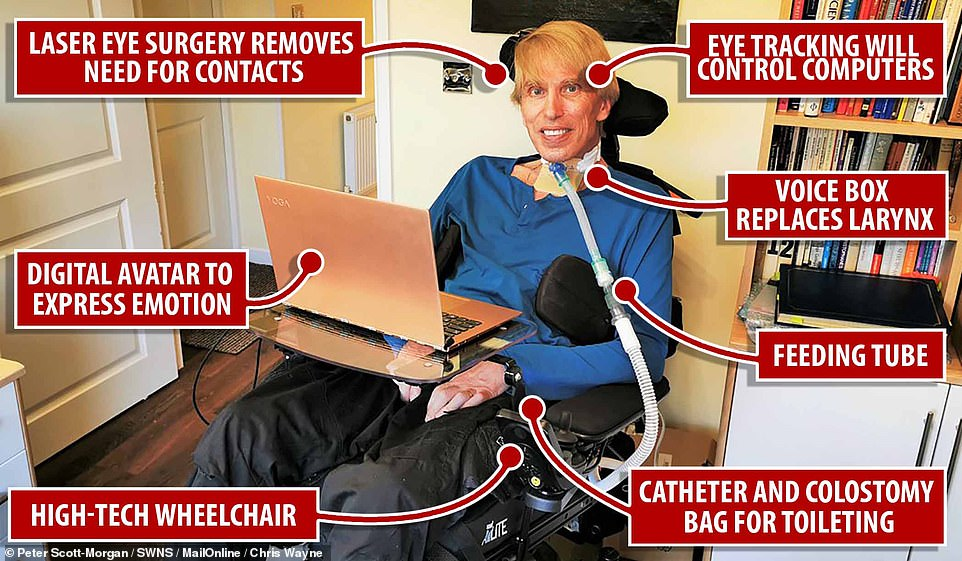
Caption: The British "Daily Mail" summarizes Peter's "mechanization process". /Daily mail
Hello, Peter 2.0
ALS patients will gradually discover difficulties due to muscle out of control. Peter hopes to leave his own voice before losing the language function.
During the same period of surgery, he contacted Matthew Aylett, a voice technology research and development expert. The latter is the chief scientific officer of CereProc, the world's leading audio technology company.
CEREPROC is a "sound clone" company that can use the previously recorded sounds, combined with specific texts and synthetic audio. The research results of Matthew Eryt include the creation of a digital voice processing method, making the cloning sound more natural and approaching human sound. For nearly a year, Peter has soaked the recording studio all day and recorded more than 15 hours of audio and nearly 1,000 phrases.
CereProc requires it to read the script in different ways, such as a calm or nervous reading. With these information, the sound AI can learn, imitate, and emotionally "cloned" Peter's voice.
The picture comes from Twitter
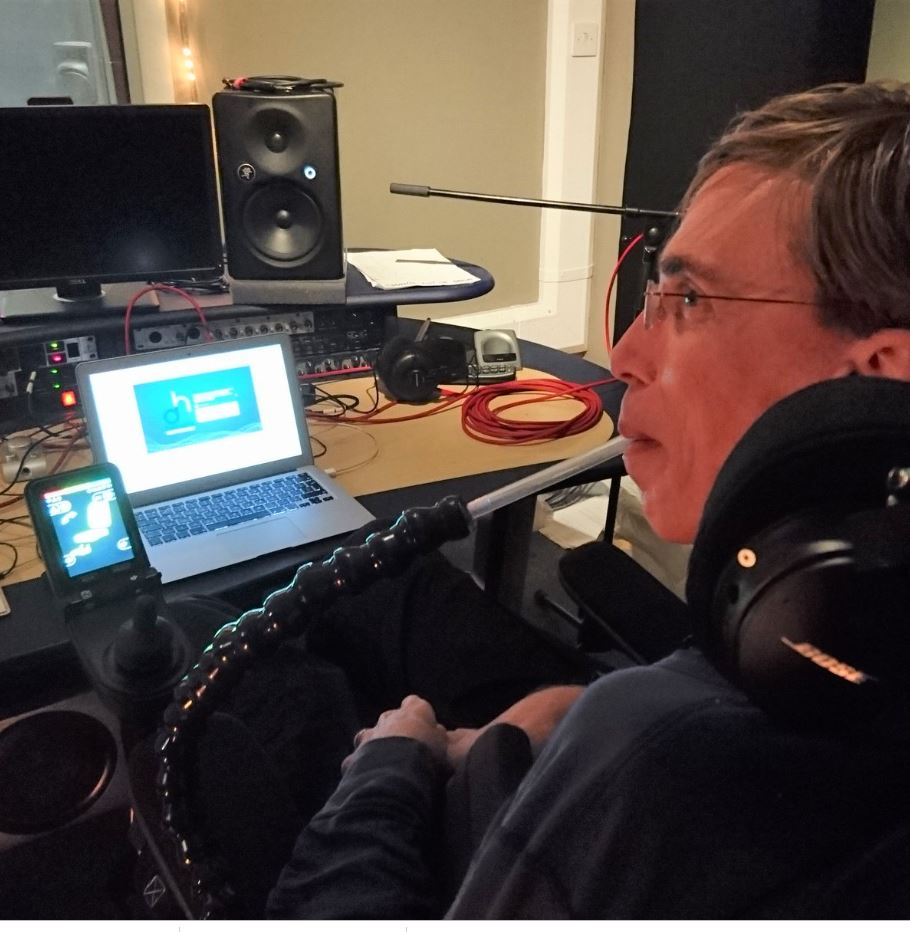
Three months after the finished audio finished product was completed, on October 10, 2019, Peter performed full laryngeal resection due to the disability of the throat muscles and saliva. This is the first time in the history of the UK to select ALS patients with selective laryngeal resection.
On the same day, Peter wrote in Twitter: "This is my last article as Peter 1.0. I am about to become" Peter 2.0 ' -I refer to' Electronic Man ', 13.8 billion years (the Big Bang) The most advanced human control has been created in the world. I will become the first complete electronic person in the world. "
After surgery, Peter lost his language ability. However, with the power of science and technology, he can rely on eyeballs and control computer systems to enter the letters and letters, and then transform text into voice by "clone sound".
In order to improve the utilization rate of eyeball tracking, Peter performed laser ophthalmology surgery, allowing him to have the best vision at a distance of 70 cm -this is the distance from the eyes to the computer screen.
When I heard the "cloned sound" singing a highly difficult song Pure Imagination, Peter cried silently.
Caption: Peter Scott-Morgan was taken in 2019. /Sugar Films
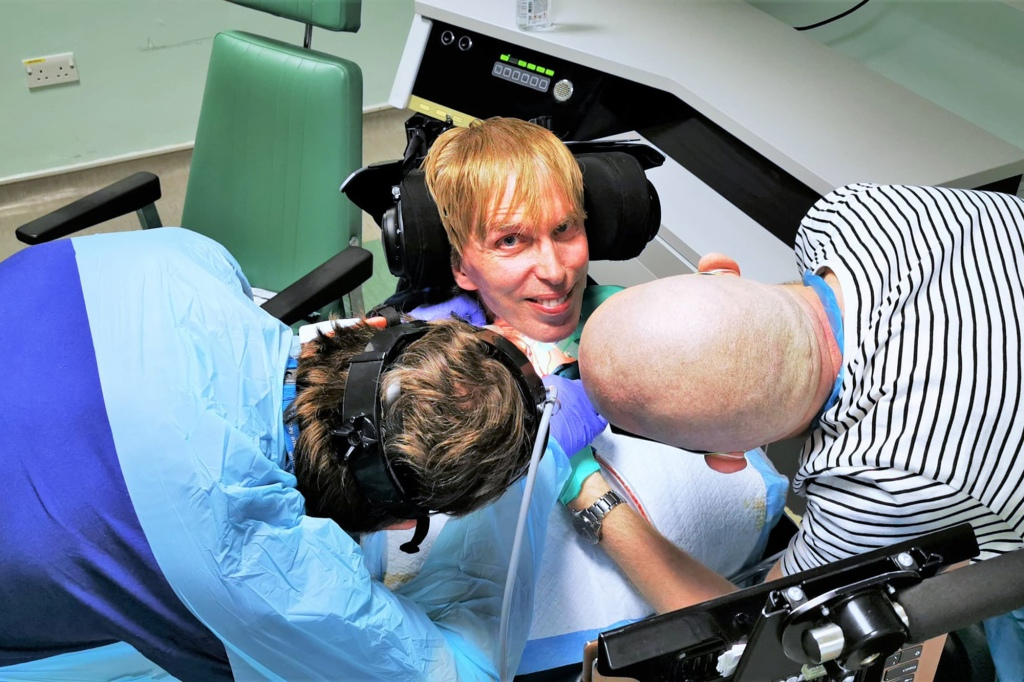
Peter's "roboticization" process was not over.
With the development of the disease, he could not make a face -to -face expression. Therefore, he invited the PineWood Studios in London to use CG technology to draw 3D avatars for himself.
More than 50 high -definition cameras have confronted Peter's face to capture their facial expressions and muscle movements.
The picture comes from Sugar Films
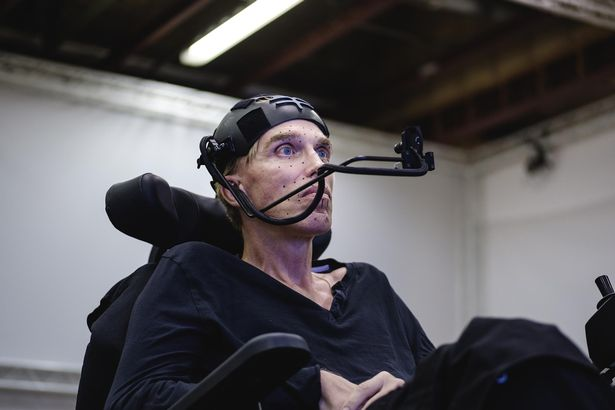
At the same time, Peter is still pondering a very critical issue: how to fundamentally improve the language naturalness of the "cloning sound"?
He found Intel's expected computing laboratory director Lama Nachman. The latter has upgraded the voice synthesis system for Hawking and developed a context -assisted perception tool package called Acat.
The principle of ACAT is very simple, that is, use AI to learn Hawking's expression habits, and then predict what the next word will say through context.
Before ACAT, Hawking can only choose and control the word input through the twitching of the cheek muscles. This process is extremely slow, and only one word can be played every minute. ACAT can help Hawking to increase the input speed by double.
Rama Nichman explained that Peter and Hawking's demand is different. The latter requires extremely high accuracy. But Peter wants to interact more naturally with others.
In 2020, the documentary "Peter: The Human Cyborg" was broadcast.
Caption: The first generation "Peter 2.0". /Sugar Films
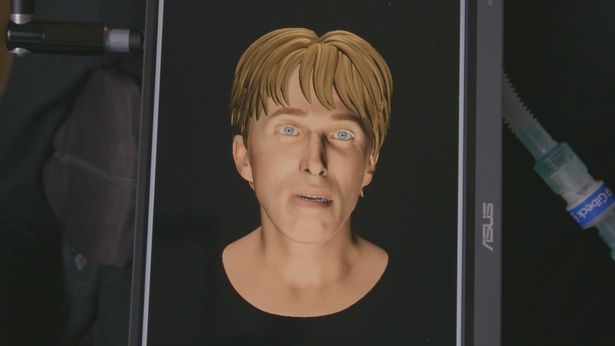
In the camera, people see "Peter 2.0". His expression was natural and his voice was full of emotions.
He can work 60 hours a week to participate in various lectures and interviews.
He smiled, smiled, and blinked, and he raised his right eyebrows when he rose. This is Peter's signature movement before illness.
"Peter 2.0" is achieved by AI technology.
Rebate "Human"
At the end of 2021, Peter accepted an interview saying that the next challenge was "free movement."
He was assisted by DXC to test AI on his robot wheelchair. "The goal is to achieve autonomous driving, quickly pass the obstacles, shuttle in porcelain shops, and boldly go to the wheelchair where you can't get."
The picture comes from/sugar films
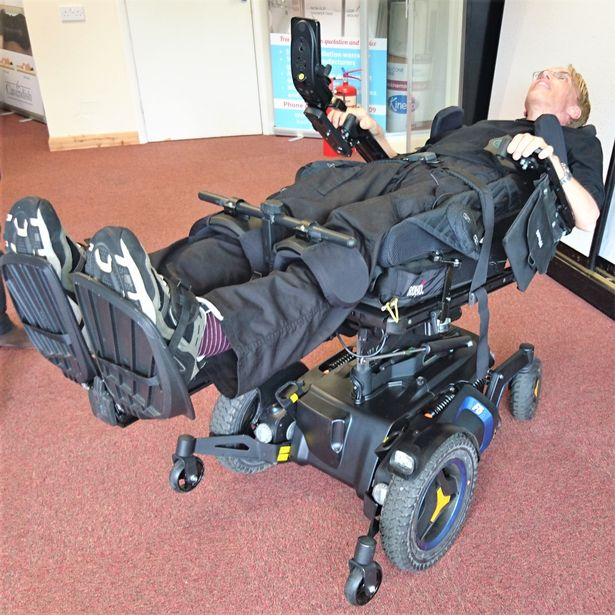
But in April this year, Peter's condition intensified.
He was tweeted that his eyes could not be closed, and he could no longer be tracked with your eyes to communicate with everyone. But he invited Rama Nachicman to bring Intel's brain -machine interface experts to introduce the latest progress.
This time, the miracle did not reproduce.
After 5 years of confrontation with ALS, Peter died of illness on June 15. According to his family, the "Scott Morgan Foundation" named after Peter will continue to operate, using AI, robots and other high-tech systems to change those "restrictions on age, health, disability, or other body or mental defects". " The life of a person.
Peter has expressed his choice to become "Suber" on multiple occasions: "I want to redefine the meaning of being trapped in their bodies for everyone.
This is not just about ALS. It is related to any disability, whether it is accidents, diseases, inheritance, or even only elderly, or even dementia. But in the final analysis, this is related to the freedom of everyone on the earth.
I am fortunate to be a prototype and new humans. This is an early experiment that humans achieve a huge leap in the future. "The picture comes from SWNS
source:
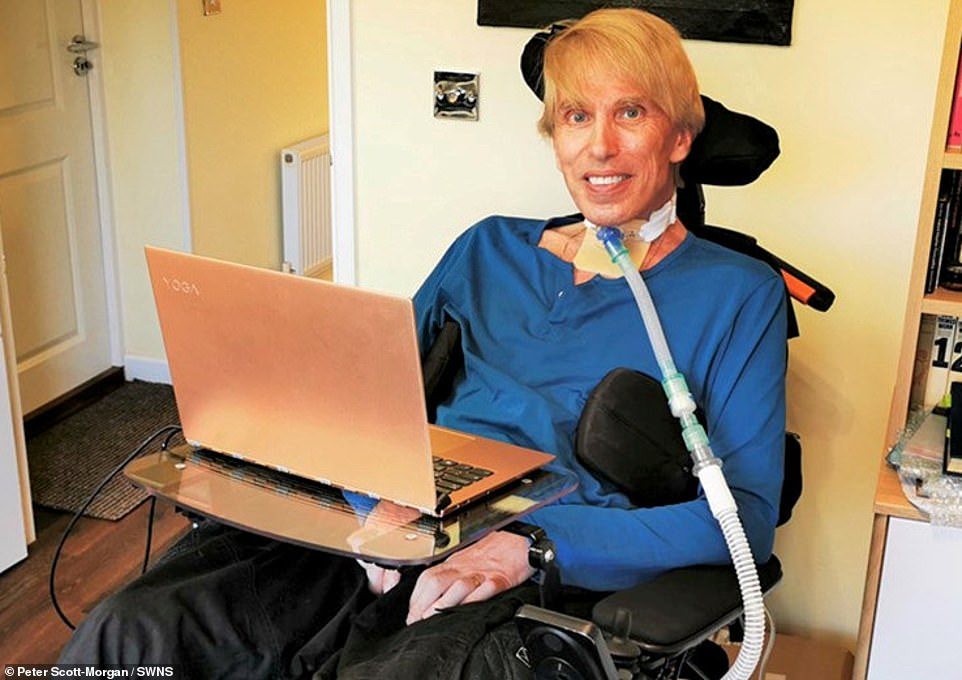
[1] DR Peter Scott-Morgan Dies: British Scientist WHO BeCAME'WORELD ’s First Cyborg’passes Away.independent
[12]'World's first cyborg'dies aged 64:British doctor with terminal motor neurone disease who hoped to'become fully robotic'passes away peacefully surrounded by his family.Mail Online
Source: Medical Community
Responsible editor: Zheng Huaju
School pair: Zang Hengjia
- END -
Latin American Director Cai Wei met with Venezuela's new ambassador to China
\u0026 nbsp; \u0026 nbsp; \u0026 nbsp; \u0026 nbsp; On June 7, Latin American Director Cai Wei met with the new Venezuela ambassador to China.Cai welcome to come to China to take a new.The two pa...
A hotel buried in a landslide in southern Argentina, causing 1 death and 3 injuries
On the evening of the 6th local time, Barolocc, Baroloc, Ryonerro, southern Argentina, had a landslide in the rainstorm due to heavy rain. The mudslite poured into a hotel.At present, at least one de